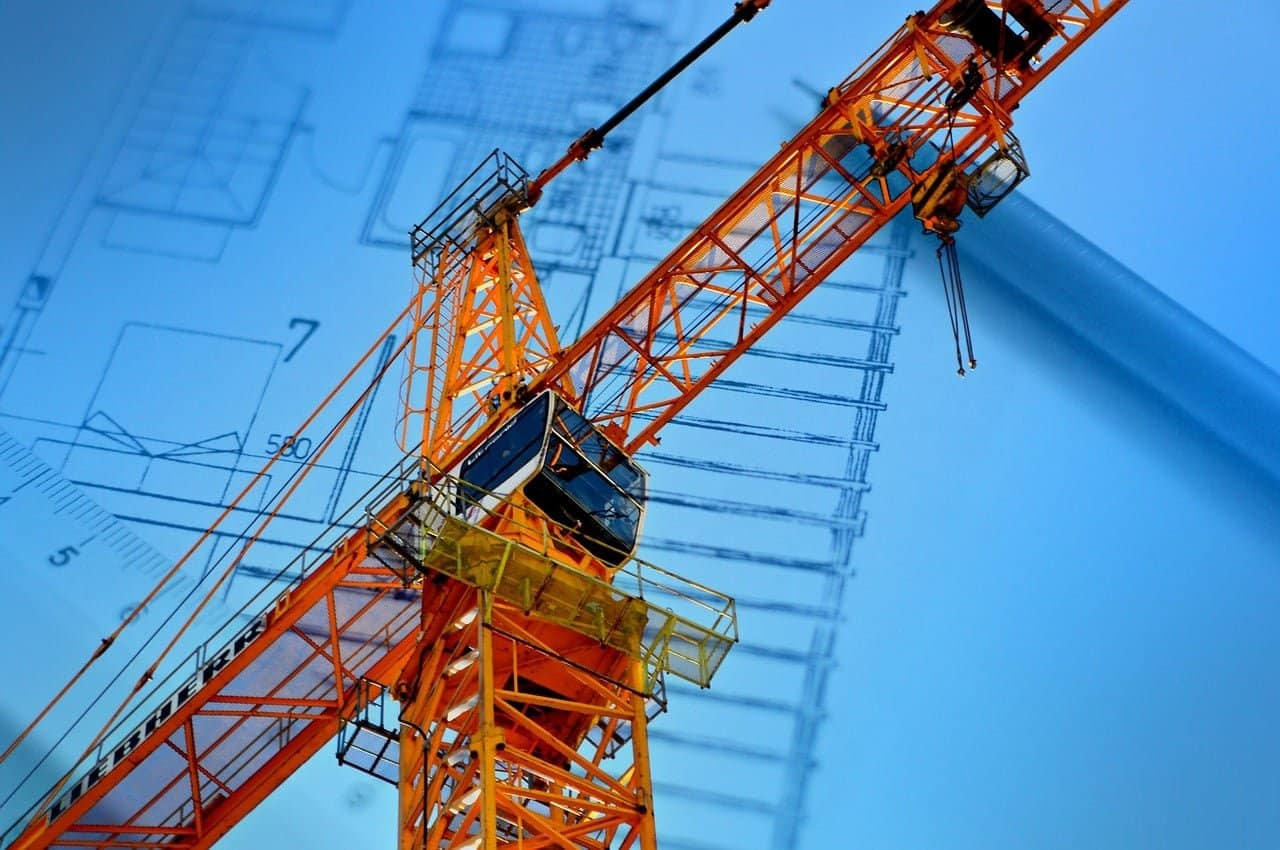By their very nature construction sites are not safe places to be. There will be foundations being dug, concrete being moved around, brick and stone will be shifted with cranes, along with a variety of other materials. In short, it’s a busy area with multiple hazards that you need to avoid.
The sad truth is that the construction industry has the highest rate of work-related injuries, that’s 50 injuries per 1,000 employees.
That’s why you need to take as many safety precautions as possible:
Indice rapido
PPE
You’ll have been issued with PPE, including high vis workwear, hard hat, and even safety boots. If you’ve got it wear it. By keeping your PPE on all the time you’ll be reducing your risk of injury, even if something does happen.
Risk Assessment
Every job on a construction site has risk and they should all be assessed. The risk is then recorded, along with what you can do to reduce the risk. It’s important to make sure every task you do has a valid risk assessment and that you’ve read it before you start.
Induction
Even if you’re an experienced builder, every time you visit a new building site you should be given an induction. This tells you where everything is and where the most hazardous areas are. It can help you to understand what you should and shouldn’t be doing.
Signs & Procedures
There are rules on every building site. You need to understand what they are and to follow them, without question. You’ll probably find that the rules are disclosed via signs, such as a person wearing safety goggles, another wearing a hat, and even the sign of a boot.
That means wear your safety boots, goggles, and hard hat. It’s important for your safety and others to recognize these signs and do as they say.
Report Incidents
It may feel like you’re telling tales, or even that you’re showing weakness by reporting a near-miss. But reporting these means that steps can be taken to reduce the risk and prevent incidents from happening.
In short, if you report any incident you could be saving someone else’s life!
Guard Rails
If you’re working at height you need a hard hat, it will offer some protection. But, you also need guard rails that will prevent you from falling off the edge of the building. Before you start working at height you should also check that there are guard rails and that they are properly secured.
Don’t ‘Fix’ It
Unless you’re qualified to fix specific pieces of equipment it’s better that you don’t touch them. Trying to fix something and not getting it right can put more lives at risk. You don’t know what will be the consequences of your ‘repair’.
Ask!
Just because you’ve been working on the same site for months or years, doesn’t mean that you know everything. One of the best safety precautions you can take is to ask, it doesn’t matter if you don’t know how to do something or if you are concerned about a procedure. Asking helps to ensure everyone understands and that keeps everyone safe.
